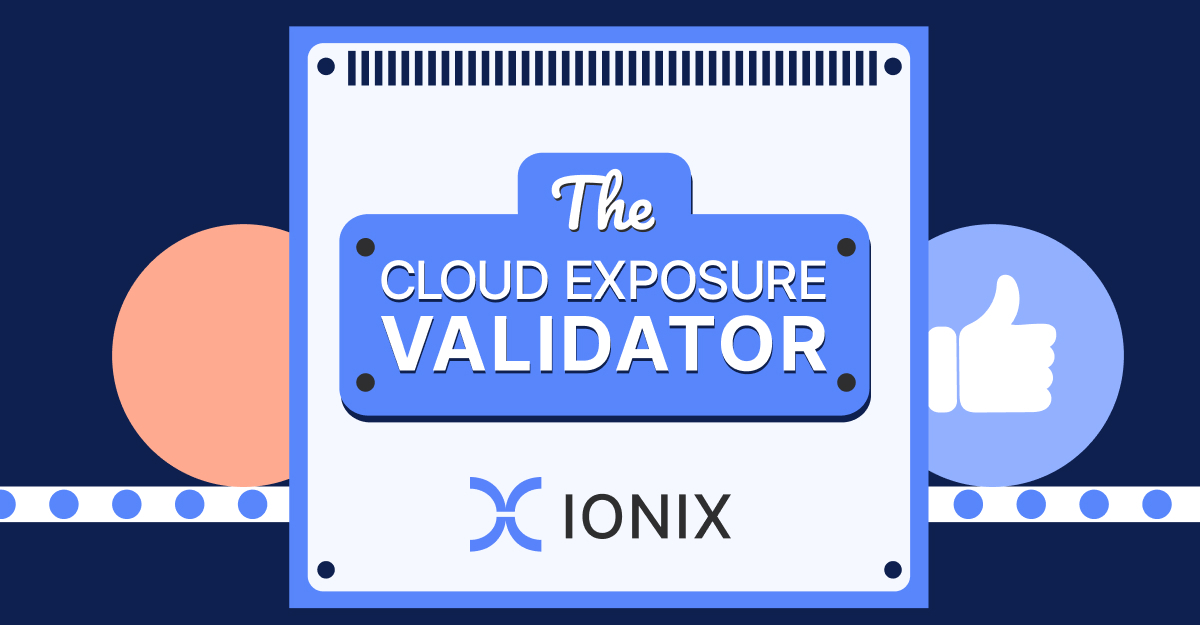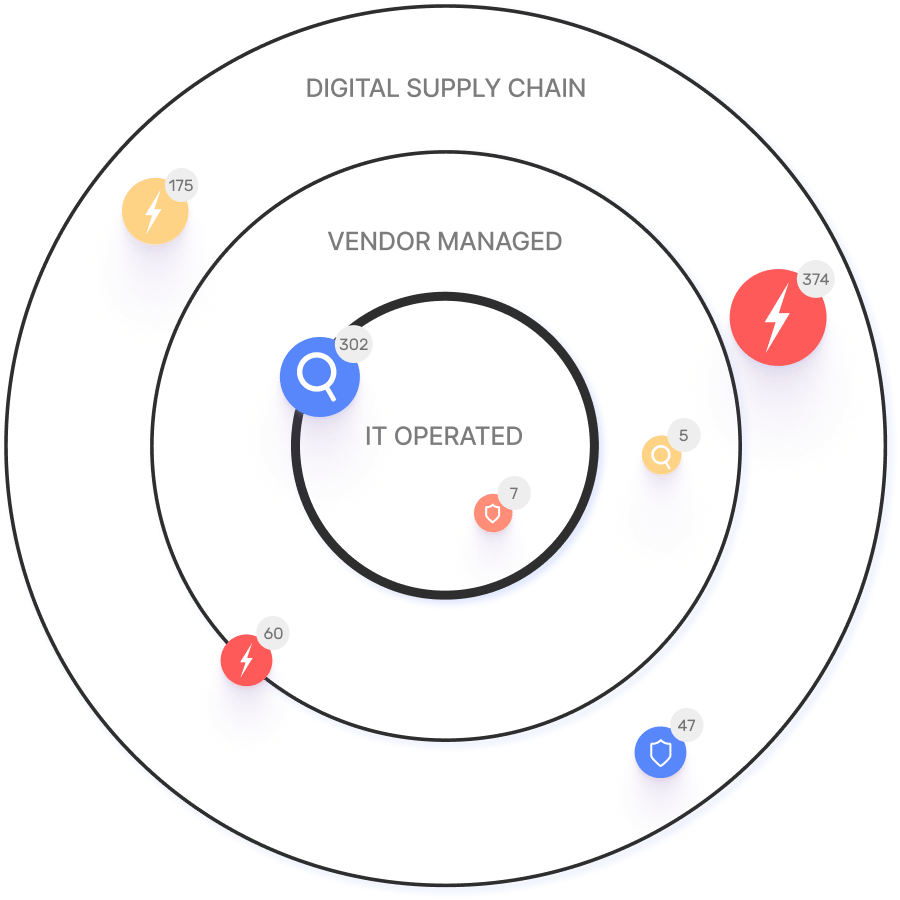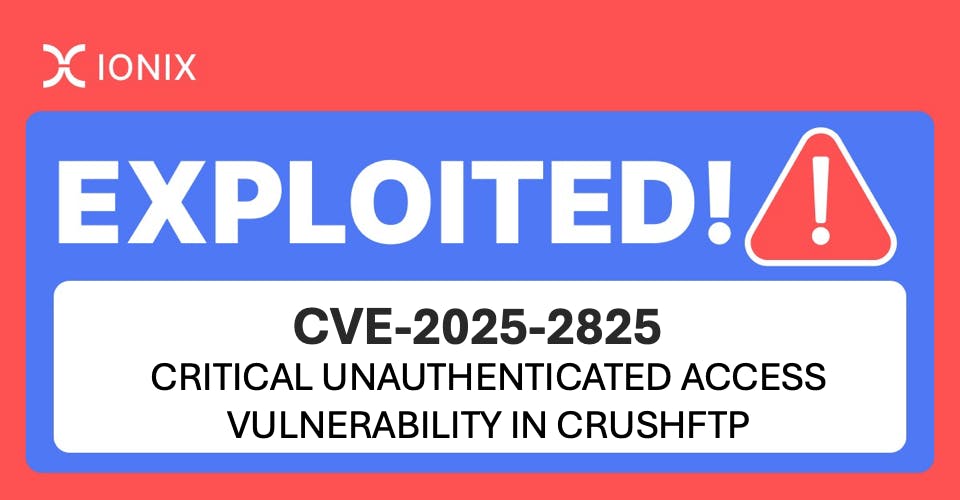Prophylactic Cybersecurity for Healthcare

In this article
How to Be Proactive in a Reactive World
In healthcare, preventative medicine is always more effective, less costly, and has better outcomes than waiting until after a serious heart incident occurs. It’s an apt analogy for cybersecurity as well. Prophylactic (preventative) care in cybersecurity yields far better outcomes than constantly scrambling to respond to critical incidents. Yet, many healthcare organizations find themselves buried by an avalanche of newly discovered vulnerabilities and regulatory pressures.
The Rising Tide of Vulnerabilities
One look at the National Vulnerability Database (NVD) highlights the magnitude of the challenge. In 2024, the NVD recorded over 40,000 new vulnerabilities. This means tens of thousands of new CVEs are pouring in annually, with thousands more still waiting for official scoring and analysis. And 2025 is on track to be over 48,000 new CVEs. Security teams are drowning in the sheer volume.
The challenge for healthcare organizations can be life and death. Ransomware attacks are never good. But a hospital still needs to operate (both as a business and literally operate on people), amid ransomware and other cyber-attacks.
Why “Critical & High” Alone Isn’t Enough
A common response to this flood of CVEs is to fix only the “critical” and “high” vulnerabilities first, and then address everything else “eventually.” The problem? The exact same vulnerable, with the exact same CVSS, can exist in two different organization assets, and represent radically different levels of risk. It all depending on context:
- Configuration – Perhaps the vulnerable code path is disabled on one assert, while exposed in another, depending on their configuration (For example, the vulnerability exists in the username/password authentication flow, but not in assets configured to use certificate-based authentication)
- Compensating Controls – The vulnerable could be present in both assets, but one asset could have a compensating control in place that prevents exploitation while the other does not. (For example, one asset is behind a WAF)
- Network Exposure – An internal-only system presents less immediate risk than a public-facing server that attackers can target remotely.
- Business Context – If one asset is an isolated marketing blog, while another is a crucial API gateway feeding data to multiple critical systems, the second poses a much greater business impact if compromised.
- Severity “Loopholes” – Attackers often exploit medium or even low-severity vulnerabilities if they offer a foothold. For instance, an old cross-site scripting bug in a web VPN might only be rated a “medium,” but it can become the pivot for a devastating ransomware attack.
Relying solely on specific CVEs and their CVSS scores is like a hospital triaging all patients based on a single vital sign. You might treat many people, but you could easily miss the patient who’s walking around with an unrecognized life-threatening issue.
Triage in Cybersecurity: Lessons from Medicine
Just as first responders sort victims by who needs help most urgently, security teams need to apply “triage” to newly discovered vulnerabilities. This means collecting all the relevant context, then prioritizing issues based on:
- Public or Internal Exposure: Is the asset publicly accessible? If yes, the urgency skyrockets.
- Exploitability: Are there known exploits? Is it actually exploitable in your environment or is it theoretical?
- Compensating Controls: Is access restricted by firewalls, VPNs, or authentication measures?
- Business Impact: How critical is the system or data hosted on the system? What is the potential blast radius if compromised?
This approach ensures that you’re not just looking at a CVSS number but also evaluating real-world implications.
Asset Visibility: Finding the “Forgotten Servers”
Identifying your most critical vulnerabilities means nothing if you don’t know what assets you have—or where they reside. Unfortunately, “forgotten” or “orphaned” servers and services are all too common, especially after mergers and acquisitions. The neglected staging environment or the old web application that was never decommissioned is exactly what attackers look for.
Healthcare organizations in particular face this issue when acquiring new clinics, practices, or tech providers. If no one in the newly merged entity knows about a legacy application, it’s unlikely to receive security updates or appear in formal audits. These blind spots become prime attack vectors for ransomware.
Why Assets Become Invisible
- Leftover Infrastructure: Developers spin up cloud instances for testing or staging and never shut them down.
- Legacy Systems: Outdated systems remain online to support integrations or “just in case” they are needed.
- Human Error: A well-intentioned admin loosens security on a firewall or leaves default credentials because it “makes things work.”
- Mergers & Acquisitions: Inherited networks come with inherited sins. Documentation gaps only compound the confusion.
Three Steps to a Proactive Security Approach
By combining continual asset discovery with a contextual approach to vulnerabilities, healthcare organizations can move from firefighting mode to truly preventative cybersecurity. Here’s how:
- Create Complete Attack Surface Visibility
- Use discovery tools, commercial or open-source or tools like IONIX, to identify every asset connected to your network.
- Don’t overlook external dependencies (third-party scripts, cloud services) that integrate with your infrastructure.
- Prioritize and Validate Exposures
- Go beyond CVSS scores. Confirm exploitability with non-intrusive testing and examine the broader context of each finding.
- Consider potential blast radius and business criticality when deciding what to fix first.
- Remediate Imminently Exploitable Risks
- Dispatch prioritized tasks to the correct teams via ticketing systems like ServiceNow or Jira.
- Ensure that the teams responsible have all the contextual details—business impact, location of vulnerable assets, any compensating controls, etc.
The Payoff of Proactive Cybersecurity
A prophylactic approach to cybersecurity—where you discover assets, confirm exploitability, and prioritize based on real-world context—enables organizations to tackle risks before they spiral into crises. Think of it as a vaccination program rather than an emergency room visit. When you fix issues preemptively, you break attackers’ entry points early and reduce the chance of large-scale breaches.
Healthcare, with its life-and-death stakes and extensive regulatory framework, especially benefits from moving away from “Band-Aid” patching and into systematic, proactive care. When every minute of downtime or leaked patient data can directly affect someone’s well-being, it’s clear why organizations are shifting their focus to prevent the worst-case scenario, rather than simply reacting to it.
About the Author
Billy Hoffman is Field CTO at IONIX. Drawing on extensive experience working with healthcare and Fortune 500 companies, he focuses on helping organizations discover their entire attack surface and develop proactive, context-driven security strategies.
For more information on how IONIX supports proactive security initiatives and comprehensive asset visibility, feel free to contact us. However, the critical takeaway stands regardless of the toolset you use: keep track of what you own, assess vulnerabilities in context, and patch what matters most before the real crisis arrives.






